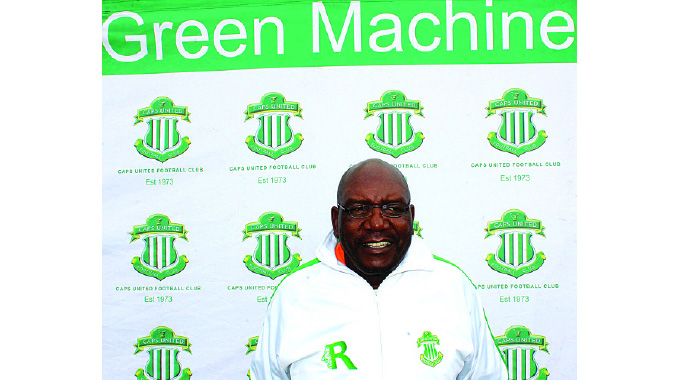Farmers put over 9 000ha under tobacco

Elita Chikwati-Senior Agriculture Reporter
More than 9 635 hectares have so far been put under irrigated tobacco this year, about 31 percent more than the same period last year, as early planting is progressing well with advanced farmers determined to push up production.
So far more than 105 000 farmers have registered for the new season, with the deadline being the end of this month before late registration penalties are charged, and a record crop is now expected, especially with the forecast of decent rains in tobacco areas.
According to the Tobacco Industry and Marketing Board (TIMB) latest statistics, the area put under irrigated tobacco has increased. “By October 1, farmers had planted 9 635 hectares under irrigated tobacco compared to 7 320 hectares during the same period last year.
The rise is registration was also recorded. “As of October 6, 105 221 farmers had registered for the 2021-22 season. The registration fee is pegged at US$10 or equivalent but after October 31, one will be charged a late registration fee,” said the TIMB.
TIMB said registration was important in that farmers needed to have growers’ numbers, which are used to identify farmers when they deliver their tobacco to the floors.
Growers’ numbers are also critical in the processing payments once farmers have sold their crop and when applying for support from tobacco contractors.
Tobacco production has been on the increase in the past years.
While contract farming initiated by the major merchants has dominated production in recent years, making it difficult for the auction floors with just over 6 percent of the crop to fulfil their subsidiary role of setting the market prices, Government has created a revolving fund with an initial injection from Treasury of US$60 million for the production of 60 million kg in the coming season.
This will allow more farmers to be self-financing rather than tied to a contractor and increase significantly the amount of tobacco sold at auction.
Contract growing is expected to continue to be a major factor in production for years to come but the revolving fund will help restore what is seen as a better balance between the two funding models.
The foreign currency to finance the foreign content component required to import inputs will be sourced from the auction system. This will enhance Zimbabwe’s value added to tobacco and increase the net benefit to the country’s revolving foreign currency earnings.
Tobacco Value Chain Transformation Plan aimed at transforming the tobacco value chain into a US$5 billion industry by 2025 as a strategic way of creating opportunities that will benefit the whole value chain.
The move will not only improve livelihoods of farmers, but will also boost the economy and contribute immensely towards the attainment of Vision 2030.
The immediate objective is to increase tobacco production and productivity through increasing the yield per unit, increasing the area under crop and minimising losses.
The strategy was taken after a realisation that the country was not getting maximum benefits from its tobacco crop in terms of value addition and beneficiation.










Comments